They call it the “waiting room” for a reason. Patients know that doctors’ offices come with the inconvenience of crowded foyers where we skim celebrity magazines and make fleeting eye contact with other patients as we watch the clock.
Sure, it’s expected. But not everyone’s on board. First of all, waiting is frustrating in itself. Patients lose control over their own time, and anxiety flares when they realize staying on the staff’s good side is the best route to the exam room. They certainly can’t change the scheduling apparatus that leaves them waiting. There’s little they can do — but wait.
Add a couple of waves of COVID-19, and we’ve come to cringe at every cough from our waiting room companions. However, we’ve also experienced a sliver of improvement with the widespread adoption of telemedicine appointments, where we can open a virtual window and wait in the comfort of our homes.
Waiting hasn’t gone away completely, but with so many doctors embracing these new virtual house calls, we wondered what wait times look like now.
Are doctor’s offices easier to visit? How long do people usually wait? And when do they start to feel their temperatures rise from frustration rather than the virus they caught?
We surveyed 1,000 Americans about how long they wait in the doctor’s office to find out whether waiting is getting better, worse, or just changing locations.
Big Takeaways
- Waiting outlasts everything else at a doctor’s appointment, including seeing the doctor. 62.7% of American respondents indicate that sitting in the waiting room is the most time-consuming part of visiting the doctor. The average wait is 15-30 minutes.
- We’re frustrated! 32% say they start losing their cool after waiting 15-30 minutes.
- Midcareer Men are Really Frustrated! 27% of 35-44 year olds are the most likely to get frustrated in as little as 15 minutes, while 37% of male respondents say they get frustrated in the same time frame.
- The youngest cohort (18-24 year olds) is the most chill when it comes to waiting, with 40% of respondents indicating it would take 30+ minutes for them to get frustrated.
- 46% of 35-44 year olds have walked out after a long wait. Those least likely to give up are respondents aged 54+. Overall, a third of overall respondents admit they’ve given up and left.
- Telemedicine is popular with the impatient set. 60% of respondents mostly or completely agree it saves them time, and a collective 87% indicate they agree to some degree.
Waiting is the hardest (and longest) part of a doctor’s appointment
You can tap your fingers. Scroll your apps. Count ceiling tiles. But you’re still going to have to endure the dreaded doctor’s office wait. Patients today spend more of their time in the waiting room than they spend scheduling the appointment, getting there, or filling out paperwork. Waiting even outstrips time spent with other office staff, including the nurse.
A hefty 62.7 percent of respondents say the wait is the longest part of a visit to the physician. That’s 4.5 times as many respondents as those who say filling out paperwork takes up the lion’s share of their time.
What do most people say is the speediest part of an appointment? For most, that’s the scheduling. Whether that’s due to the efficiency of digital calendars or the imperative to take any available time slot and work out other obligations later, just 6.01 percent of respondents find the scheduling dance more time-consuming than other appointment tasks.
It wouldn’t matter that waiting takes up more time if all the other parts of the appointment process were designed for speed. But with increasing regulation, forms keep getting more comprehensive. This helps doctors reduce errors, spot possible comorbidities and interactions, and understand a patient’s overall health, which is good, but it takes more time.
Wait times can be triple the time spent with physicians
Wait times are now the most significant part of an average doctor’s appointment. That means the typical patient could have jogged two miles in the time they waited to see a physician.
It could be worse: Almost 12 percent of patients can stream an entire 45-minute episode of Grey’s Anatomy before seeing a physician. And more than 2 percent say they typically wait over an hour, enough time to catch a yoga class.
The biggest issue is that waiting takes up more time than a patient will eventually spend with their doctor.
In the 1930s, the average medical appointment occurred in the patient’s home. It could last an hour since physicians with fewer technological resources understood that a careful physical examination was crucial for an accurate diagnosis. But in the U.S. today, less than 1 percent of appointments are house calls, and the average appointment lasts just 10 to 20 minutes.
Patients who wait half an hour to see a physician for 10 minutes will spend three times more time engaged in their solitaire app than they will spend with a doctor.
Maybe it’s not just the disparity between wait times and time spent with a physician but that patients don’t feel they get good care. After all, they report they don’t feel heard during short appointments.
Better technology aside, there’s not much time in 15 minutes to explore the context of complex health problems or to tailor potential treatment options to a patient’s home support system. One house-call doctor says that in an office, there just isn’t time to see or repair “the cracks” he witnesses by visiting patients at home.
Waits that outlast doctor face time also cost patients money.
One report notes that patients lose $43 every time they wait at an appointment. That’s more than their insurance co-pay for the appointment itself. For minorities and unemployed patients, the costs are higher, as they spend more than 25 percent more time at appointments.
Wait times regularly surpass physician time, making the wait the biggest time suck of an appointment. From paperwork and the nurse checking vital signs, to physician face time and even scheduling, nothing lasts longer.
How long does it take to blow a fuse?
Only some people get frustrated waiting for that precious time with their physician. But eventually, even patient patients can lose their cool. When does that happen?
The most common wait time for doctor’s appointments is 15–30 minutes, and most people get frustrated in the same time frame. That means most patients get hot under the collar at an average visit before seeing the doctor. That doesn’t bode well for their blood pressure readings.
While 32 percent of patients start to boil over after 15 minutes, 7.51 percent claim they wouldn’t get upset after an hour of waiting. They must have a great solitaire streak going.
But nearly 15 percent of respondents say they’re frustrated in under 10 minutes.
We all get antsy when faced with a loss of freedom like we experience when we’re thrust into a situation that curtails our movement and activities. Want the desktop version of your word processor? You’re out of luck. Thinking of running a few errands while you wait? Not permitted.
That can be especially aggravating when we’re forced into that position so someone else can better use their time. In that case, controlling your own time means power. And who waits for whom — even for five minutes — is a battleground.
So who’s the most annoyed?
The Sandwich Generation and men are most frustrated by waiting
The most impatient award goes to 35–44 year olds, followed closely by 45–54 year olds. That makes sense, given the opportunity costs of appointments that pull mid-career respondents from children, elder caregiving, and jobs during their peak earning years. Extra minutes in the waiting room for these midlife adults can create havoc in their lives.
If impatience stems from the inability to meet family and work obligations, it also makes sense that the youngest cohort of 18–24 year olds in our survey was the group least likely to get upset when kept waiting. For them, 40 percent say it would take more than 30 minutes before they got upset in the waiting room.
Interestingly, some age groups have high patience and a short fuse. Nearly 5 percent of 18–24 year old respondents also said they’d get frustrated waiting five minutes or less. That’s higher than any other age group, revealing a subsection of young adults who really don’t like to be kept waiting.
Gender is also significant when it comes to waiting on the doctor. Men are more likely to report frustration while waiting, with 37 percent responding they’d get frustrated in 15 minutes or less. For women, that figure is just 29 percent.
Men’s frustration in the waiting room echoes studies that show men are more impatient in general than women. For example, men take more driving risks. Even when playing chess, men prefer shorter games despite performing worse in quick games.
Waiting might be more frustrating for men because they are more impatient than women. But other gendered aspects of the waiting room may also challenge men: first, that waiting itself is a passive activity, which has been socially constructed as a “feminine” trait, and second, that submitting to another’s schedule means giving up their authority.
Almost half of 35–44 year olds walk out
What’s the outcome for frustrated patients regardless of gender? One-third of respondents have walked out on their appointment due to long wait times.
The largest proportion were those 35–44, with 46 percent saying they’d bailed on an appointment after a long wait.
Respondents aged 54 and up are the least likely to throw in the towel. Many are retired. As they age, they have fewer child and family care duties than younger adults. Perhaps they also feel their appointments are more critical due to their age. Whatever the reason, patients who have received their first AARP magazine are more likely to wait for their doctor, no matter how long it takes.
While the tempers of the 54+ set start to flare at the 15–30 minute mark (when 38 percent get frustrated), they stick it out.
While walkouts are lowest for patients over 54, they don’t necessarily diminish with age.
Rather than trending with the urgency of medical attention, which should reinforce that older people walk out less, those least likely to stick around are those in the middle demographics. Walkouts are also higher among men than women, with 40 percent of men saying they’ve left before an appointment, while 34 percent of women say the same.
This finding suggests that regardless of medical necessity, frustration drives walkouts.
The virtual waiting room hardly feels like waiting at all
Sure, telemedicine means there’s still a wait for the doctor. But respondents say the virtual waiting room saves them time. That could be because even when delays are just as long as ever, patients are home, waiting for their doctor to appear in a browser window for a virtual chat.
Maybe that’s why telemedicine is popular among the impatient set. Nearly 60 percent of respondents mostly or completely agree that it saves them time (the most common response). And just 13 percent think it doesn’t, responding that they slightly, mostly, or completely disagree that the approach saves time.
Telemedicine offers some of the freedoms the traditional waiting room can’t: Patients can listen to loud music, engage in work on a computer, watch children, make meals, and engage in productive activities while they wait, giving the wait the promise of reciprocity, because as the doctor participates in work, the patient can too.
So while appointments may take up a comparable chunk of the patient’s day, they’re not pulling patients away from as many activities as traditional in-person appointments.
Helping patients have more patience
In a world where 80 percent of customers value convenience and will change healthcare providers for a better experience, the virtual waiting room can ease patients’ frustration. Telehealth promises to give back some of the freedoms the conventional waiting room takes away. Instead of spending that time scanning an old Highlights for hidden images, patients can coordinate coworkers, supervise children, and get dinner started — and even do all those things at once.
That eases the waiting room frustration factor but doesn’t necessarily make it shorter. Even though the average wait time remains 15–30 minutes, a virtual waiting room doesn’t interrupt a patient’s life until the doctor appears. Is a wait really a wait if your life isn’t interrupted?
Telehealth’s popularity shows that short waits may not be the point.
Instead, the passivity and lack of control involved in waiting may be the core problem, and it’s a solvable one. Giving patients their time back can simply mean allowing them the freedom to pursue their work, on their schedule, just like the doctor does. It leads to more patients, with less frustration, keeping their appointments and coming back for follow-ups. And that’s a medical breakthrough.
Methodology
The survey’s sample consisted of 1,000 U.S. consumers ages 18 and above, who were surveyed between October 27 and October 28, 2022. This survey was conducted and analyzed in collaboration with Jotform with a sample procured using the Pollfish survey delivery platform, which delivers online surveys globally through mobile apps, the mobile web, and the desktop web. No additional screening or weighting was applied to the sample. For the full methodology, visit the Pollfish website.








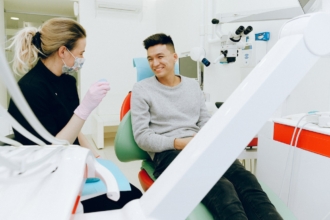

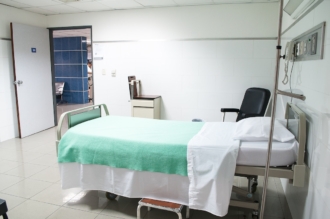

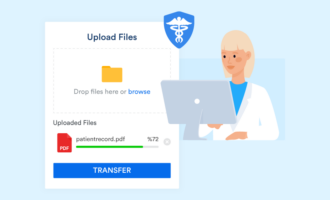

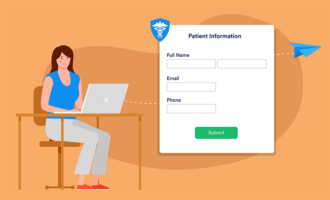







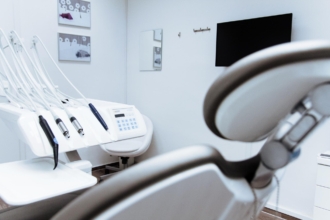
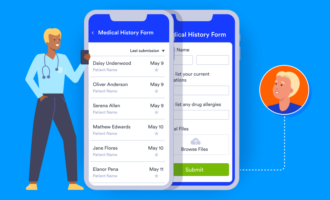





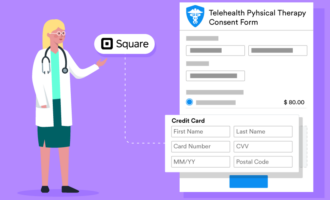
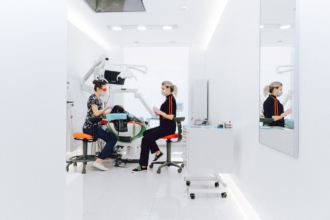
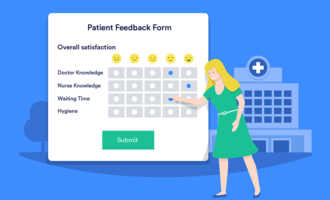














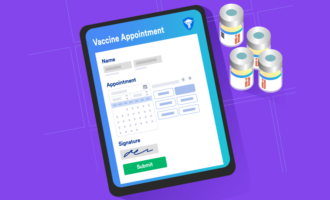
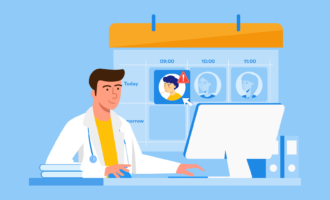


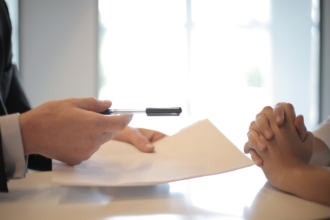


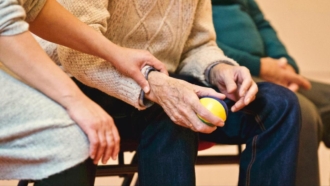


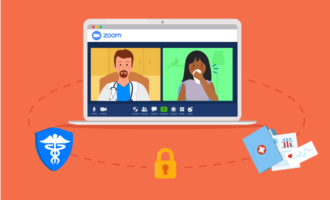







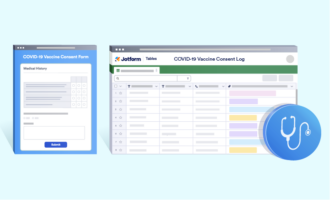





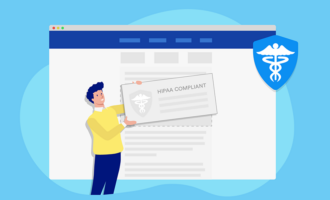

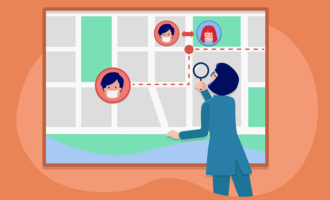
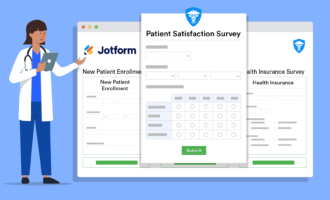








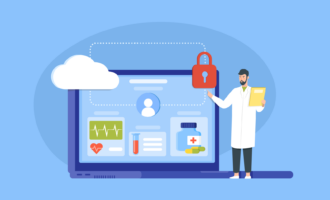


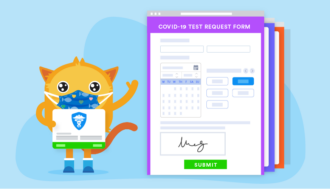

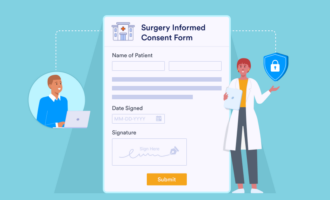



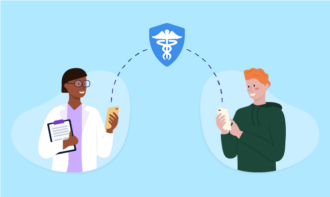




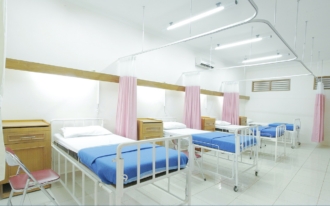


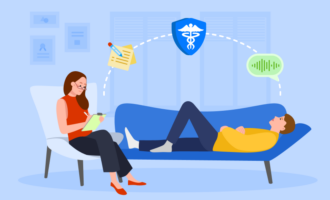


Send Comment: